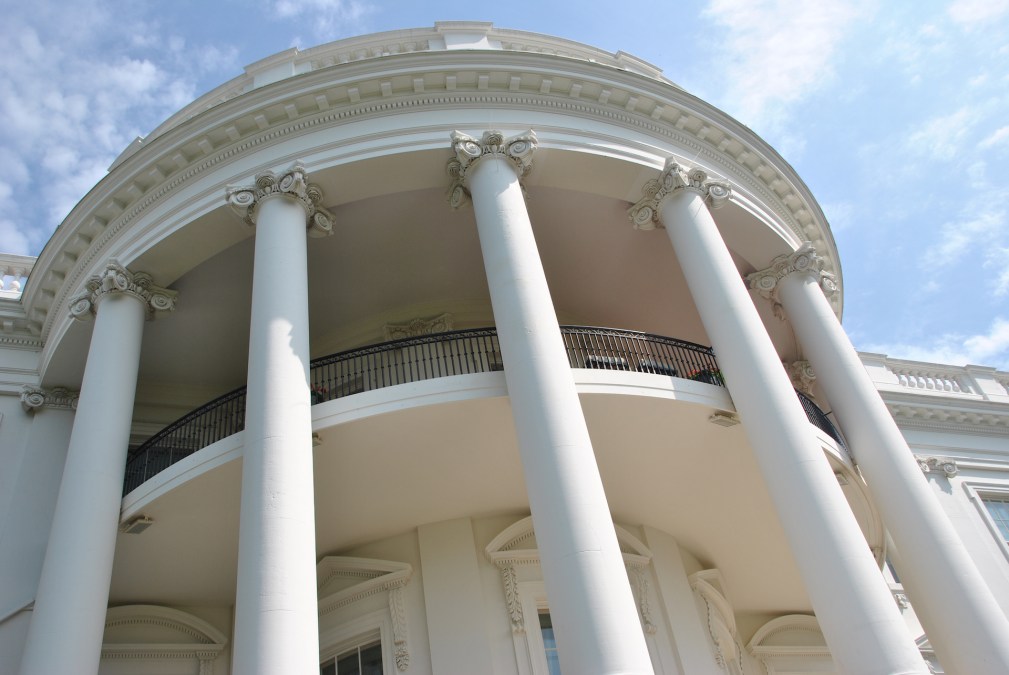White House wants to increase U.S. R&D spending, influence after congressional setbacks

The Biden administration has proposed increasing federal spending on research and development among civilian agencies to $86 billion in fiscal 2023, up from an estimated $79.7 billion in fiscal 2022.
The 7.9% year on year increase would see $7.8 billion go to the Department of Energy Office of Science, in part, for artificial intelligence and quantum information science (QIS) computing insights into climate change and $880 million to the National Science Foundation’s new Directorate for Technology, Innovation, and Partnerships.
Proposed increases in funding for AI and quantum represent the White House‘s effort to establish the U.S. as the global leader in emerging technologies in its competition with China, following congressional setbacks due to protracted, partisan infighting over passing the fiscal 2022 budget.
“Earlier this month, the Congress reached a bipartisan agreement to fund the government for 2022, ending a damaging series of short-term continuing resolutions and taking a first step to reinvest in research, education, public health and other core functions of the government,” reads the budget proposal.
The White House budget could prove a second step with DOE Office of Science funding also proposed for data, analytics and computational infrastructure for pandemic preparedness. Meanwhile, DOE’s AI & Technology Office would receive a $1 million increase to $3 million in annual funding.
Funding for NSF’s TIP Directorate would expedite the development of emerging technologies like trustworthy AI, high-performance computing, QIS, robotics, communications and cybersecurity.
The White House further proposes $187 million for National Institute of Standards and Technology standards development around AI, quantum and biotechnology to increase their adoption commercially — including $8 million for international standards development around emerging technologies.
Biden’s administration is calling for $81.7 billion over five years to fund the Department of Health and Human Services’ public health response to biological catastrophes, setting a goal of producing effective vaccines and therapeutics within 100 days of identifying a pathogen. That money would go toward expanding public health laboratory capacity, domestic and global threat surveillance, and telehealth coverage under Medicare.
The State Department and U.S. Agency for International Development would also see $6.5 billion over five years for global pandemic and biological threat preparedness including research and development around preventing, detecting and responding to COVID-19 variants and other disease outbreaks.
In the immediate term, the White House requested $5 billion for a new Advanced Research Projects Agency for Health seeking cancer, Alzheimer’s and diabetes breakthroughs.
“With an initial focus on cancer and other diseases, such as diabetes and dementia, this major investment would drive transformational innovation in health technologies and speed the application and implementation of health breakthroughs,” reads the budget proposal.
Together ARPA-H and the National Institutes of Health would receive $49 billion for research and development if the Biden budget is passed, though Congress will most certainly make substantial revisions across the board.
NASA would receive $2.4 billion for Earth-observing satellites to conduct climate research and see its space technology research and development portfolio grow to $1.4 billion The White House further proposes $187 million for National Institute of Standards and Technology standards development around AI, quantum and biotechnology to increase their adoption commercially — with $338 million for technologies benefitting commercial space travel and $30 million to continue researching orbital debris.
Overall the budget proposes $17 billion for climate science and innovation with NSF receiving $913 million for researching impacts and $500 million for research and development and the Advanced Research Projects Agency for Energy seeing $700 million for similar work.
The Department of Veterans Affairs would receive $916 million for research and development, largely around pandemic innovations. And the Department of Homeland Security Science & Technology Directorate could be in line for a “historic” $89 million for lab equipment, IT improvements and a new Detection Science Testing and Applied Research Center developing screening devices for catching homemade explosive threats to transportation systems and public venues — though not without controversy.





